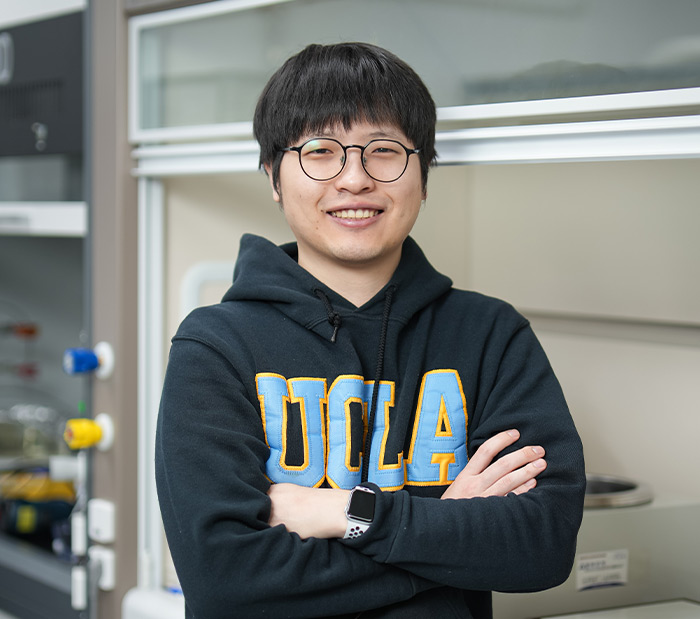Research Stories
Atmospheric Humidity Underlies Irreproducibility of Formamidinium Lead Iodide Perovskites
Unraveling Irreproducibility in Perovskite Films by Uncontrolled Atmospheric Humidity During the Fabrication Process
SKKU Advanced Institute of Nano Technology
Prof.
LEE, JIN WOOK
Keonwoo Park
The research team led by Prof. Jin-Wook Lee in the SKKU Advanced Nano Technology (SAINT), and Department of Nano Engineering has highlighted the significant influence of atmospheric humidity on the reproducibility and quality of perovskite solar cells (PSCs) during fabrication processes. Their related research paper was published online on December 21st in the international scientific journal 'Advanced Materials.'
Perovskite solar cells, known for their high energy conversion efficiency of over 26.1% and the ability to be produced through cost-effective solution processes, have garnered significant attention as next-generation solar cells for the upcoming era of carbon neutrality. While research efforts to accelerate their commercialization are underway globally, research laboratories, startups, and large corporations often face challenges due to unstable fabrication environments, resulting in poor reproducibility of perovskite film quality. This inconsistency in film quality is considered a major obstacle to commercialization, leading to skepticism in data interpretation.
In the process of fabricating the world's high-record perovskite film, formamidinium lead triiodide (FAPbI3) perovskite is used as an essential material, and the highly volatile Methylammonium chloride (MACl) has been treated as indispensable additive for enhancing the stability and crystallinity of FAPbI3. Prof. Jin-Wook Lee's research team considered the high volatility and hygroscopic nature of MACl, discovering that atmospheric humidity plays a crucial role in improving the optoelectronic properties and quality of perovskite films. Specifically, the spin-coating process in a dry environment (under an N2 atmosphere) beneficially induces well stabilized nucleation and crystallization of perovskite within the MACl additive, forming highly crystalline perovskite films. However, it was observed that MACl is not effectively removed during the annealing process, leading to the formation of interstitial defects within the perovskite lattice, causing phase instability and a reduction in device efficiency. The research team revealed that exposure of the perovskite film to moderate atmospheric humidity during the annealing process can induce an azeotropic effect that lowers the vaporization point of MACl, aiding in its facilitative removal. This, in turn, contributes to the successful improvement of device conversion efficiency and phase stability.
Furthermore, Prof. Jin-Wook Lee's research team has presented an intriguing perspective that, contrary to the conventional belief that atmospheric humidity is a sensitive and harmful factor to be avoided in the perovskite fabrication process, it can actually be beneficial for the perovskite manufacturing process. This perspective could potentially enhance scalability, reduce production costs, and improve accessibility, all of which are crucial factors for commercialization. Additionally, Prof. Jin-Wook Lee’s research team emphasizes the importance of specifying the process atmosphere for successful and rapid commercialization.
※ Related research papers and website
1) Atmospheric Humidity Underlies Irreproducibility of Formamidinium Lead Iodide Perovskites, Advanced Material, 2023, https://doi.org/10.1002/adma.202307265 (corresponding author: Prof. Jin-Wook Lee, first-author: Keonwoo Park)
2) Prof. Jin-Wook Lee`s Lab website: https://jwlee870217.wixsite.com/mysite
Figure 1. Atmospheric humidity affects the spin-coating and annealing processes, demonstrating its influence on nucleation and the efficiency of the resulting devices.


